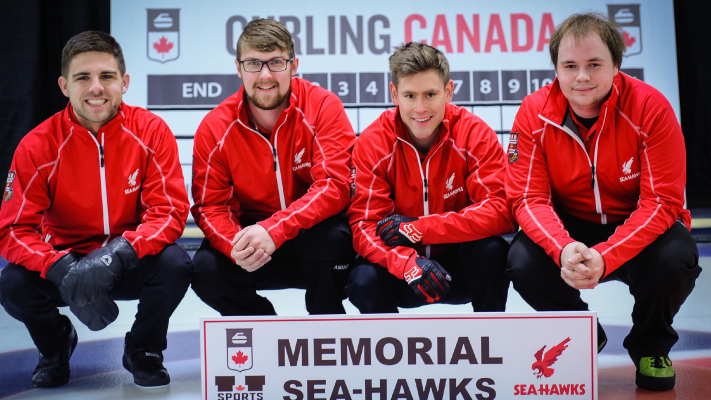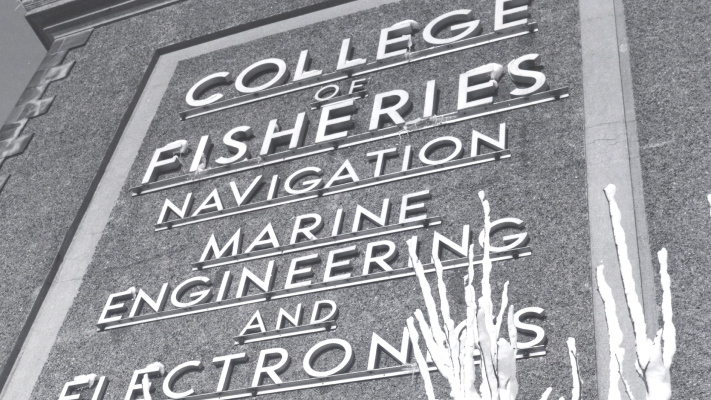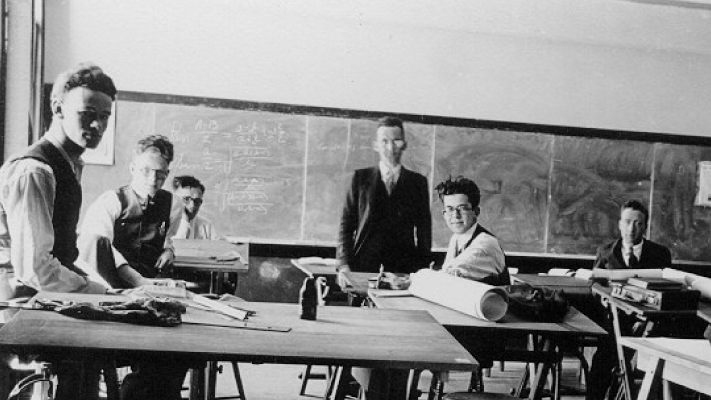2024
2024
NATO PICKS THE LAUNCH
The Launch is selected as a test centre for NATO’s Defence Innovation Accelerator for the North Atlantic network. The Defence Innovation Accelerator for the North Atlantic network provides a variety of infrastructures where companies and researchers can demonstrate and validate technologies for both defence and civilian purposes. The designation reinforces the Marine Institute’s significant role in providing access to world-class infrastructure and test facilities to partners nationally and internationally.
2024
Bound for space
Killick-1, C-CORE and Memorial University’s student-built satellite, launches at Space View Park in Florida. Killick-1 measures sea ice extent and ocean parameters, providing unique and critical data for climate change research. Since 2019, the project has involved some 130 student volunteers, work-term students and graduate students.
.jpg)
.jpg)

.jpg)






â711x400.jpg)
â711x400.jpg)

-711x400px.png)




-711x400px.jpg)


â400x400.png)
â711x400.jpg)
-400x400px.png)

-EMiller-400x400px.png)

â711x400.jpg)


-400x400px.png)
â711x400.jpg)
-711x400px.jpg)





-711x400px.jpg)
-400x400px.png)
-400x400px.png)


-711x400px.jpg)
-711x400px.jpg)
-711x400px.jpg)


-711x400px.jpg)
-711x400.jpg)





-400x400px.png)
-400x400px.png)
-711x400px.png)





-400x400px.png)
-400x400px.png)
-711x400px.jpg)
-400x400px.png)

-711x400px.jpg)
-400x400px.png)